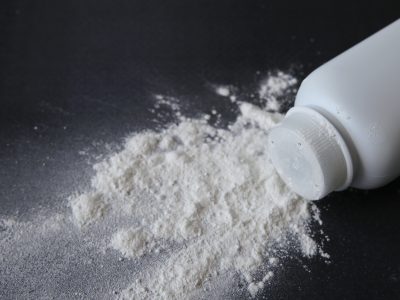A U.S. judge in July shot down Johnson & Johnson’s second attempt at using bankruptcy protection to avoid liability to thousands of talc victims.
U.S. Bankruptcy judge Michael Kaplan ruled that J&J once again had not shown that talc litigation placed the company in immediate “financial distress.” “In sum,” Kaplan wrote “this Court smells smoke, but does not see the fire.” “Therefore, the emphasis on certainty and immediacy of financial distress closes the door of chapter 11 to LTL at this juncture.”
J&J has stated its intent to appeal the ruling. This marks the second time in six months that Johson & Johnson has attempted to avoid talc liabilities by using a controversial method called the “Texas Two Step” to transfer tort liabilities to another entity, LTL in this case, which then declares bankruptcy.
J&J first sought bankruptcy protection in January – an attempt which also failed for no showing of immediate financial distress. The second bankruptcy filing was made very shortly after dismissal of the first bankruptcy petition.
Attorney’s representing talc victims who suffer a myriad of diseases, including mesothelioma, had called for LTL’s second bankruptcy attempt to be dismissed as an abuse of the bankruptcy system.
LTL’s bankruptcy attempts have largely frozen over 30,000 lawsuits filed before October 2021. Judge Kaplan did allow one case to proceed to trial in the interim – which resulted in a $18.8 million verdict in favor of a California man who alleged developing cancer from his use of J&J baby powder.
Talc mines can often be contaminated with veins of asbestos, a natural mineral. The result – asbestos contaminated talc. Efforts by the talc industry to lower testing standards and not disclose the presence of asbestos in talc products go back decades.


 The Future is Bright with Our Next Generation
The Future is Bright with Our Next Generation